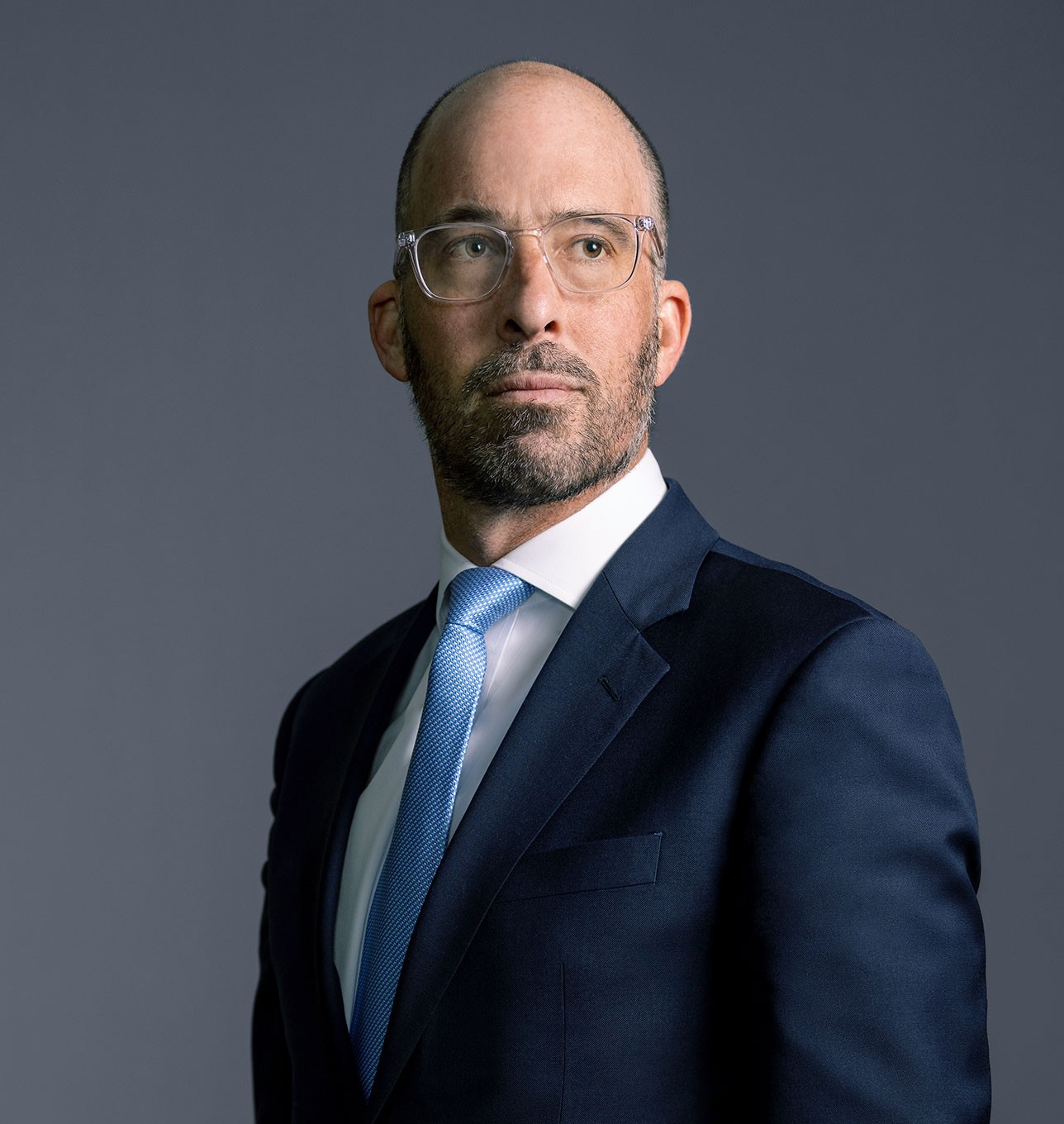Is Stablecoin Stable? Media and Regulators Raise Concerns
Tether – the world’s largest issuer of “stablecoin” – has come under increased media and regulatory scrutiny in recent months as concerns over its liquidity have grown. This, in turn, has led to increased concerns regarding the risk that Tether, and other stablecoin issuers, pose to the crypto economy specifically and to the global financial system more generally.
A stablecoin is a type of cryptocurrency that, unlike its cryptocoin brethren, is pegged to the value of a fiat currency like the U.S. Dollar. In Tether’s case, each “tether” or “USDT” is backed by one U.S. dollar meaning that, at any time, the holder of a USDT is entitled to request one U.S. dollar, in exchange, from Tether. Prior to 2021, Tether was a somewhat large, but otherwise unremarkable, stablecoin issuer having issued approximately 21 billion USDTs. But, in 2021, Tether grew significantly, issuing 48 billion additional USDT for a total of 69 billion USDT outstanding. Tether claims to be holding reserves sufficient to cover this $69 billion liability. But a growing cohort of skeptics have raised doubts as have several recent regulatory investigations.
In connection with its assessment of an $18.5 million fine against Tether in early 2021, for example, as a result of its investigation into Tether’s purported cover up of approximately $850 million in losses, the New York Attorney General’s Office noted that “Tether’s claims that its virtual currency was fully backed by U.S. dollars at all times was a lie.” In connection with its assessment of a $42 million fine against Tether and Bitfinex, a related cryptocurrency trading platform, in October 2021, the Commodity Future Trading Commission (CFTC) found that “from at least June 1, 2016 to February 25, 2019, Tether misrepresented to customers and the market that Tether maintained sufficient U.S. dollar reserves to back every USDT in circulation with the ‘equivalent amount of corresponding fiat currency’ held by Tether and ‘safely deposited’ in Tether’s bank accounts.” The CFTC further stated that Tether improperly comingled reserve funds and held reserves in non-fiat financial products.
Most recently, in an October 7, 2021 article titled “Anyone Seen Tether’s Billions?” Bloomberg emphasized growing concerns that “Tether had gotten so large that it threatened to put the U.S. financial system at risk.” “Exactly how Tether is backed, or if it’s truly backed at all, has always been a mystery,” Bloomberg noted. The size of Tether’s holdings are “so big that it would be dangerous even assuming the dollars are real.” If they are not, and Tether is unable to meet redemption requests, losses could “cascade into the regulated financial system by crashing credit markets.” Indeed, if Tether is a fraud “it would be larger than Bernie Madoff’s.”
Following the Bloomberg report, Fitch Ratings also issued its own guidance on stablecoin issuers focusing in particular on the impact such issuers could have on the short-term securities markets. Tether, for example, purported to hold 49% of its reserves in commercial paper and certificates of deposit as of the June 2021 and other stablecoin issuers have proposed to hold as much as 80% of their reserves in such markets. At current growth grates, that would mean that stablecoin issuers’ holdings in the short-term securities markets would exceed those of money market funds within 2 to 3 years. These issuers “could be disruptive” to such markets, Fitch emphasized, which, in turn could “transmit shocks to other market participants.”
For its part, Tether continues to assert that it is the most liquid stablecoin on the market notwithstanding recent concerns. It is a company – and industry – that bears watching.



